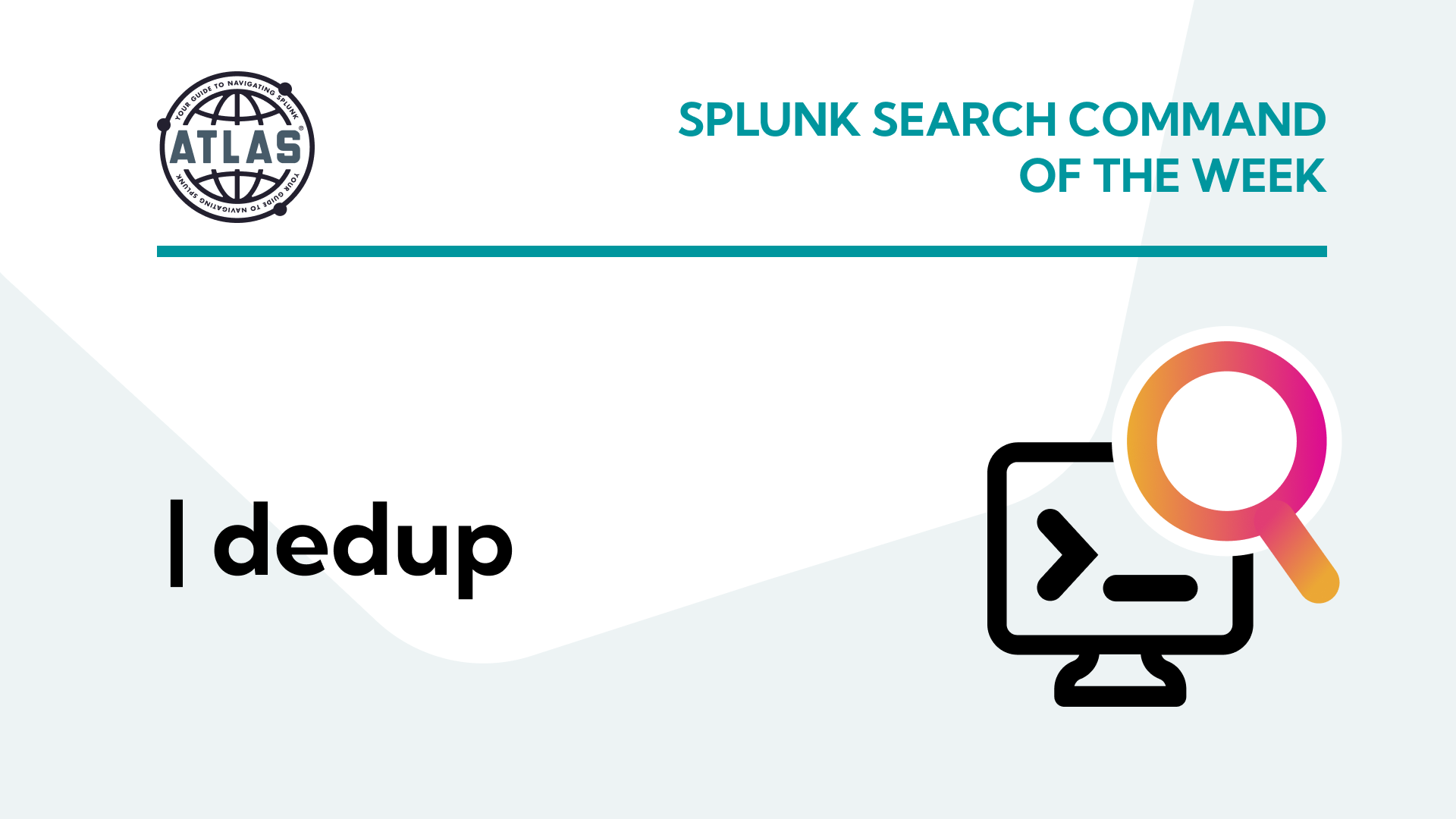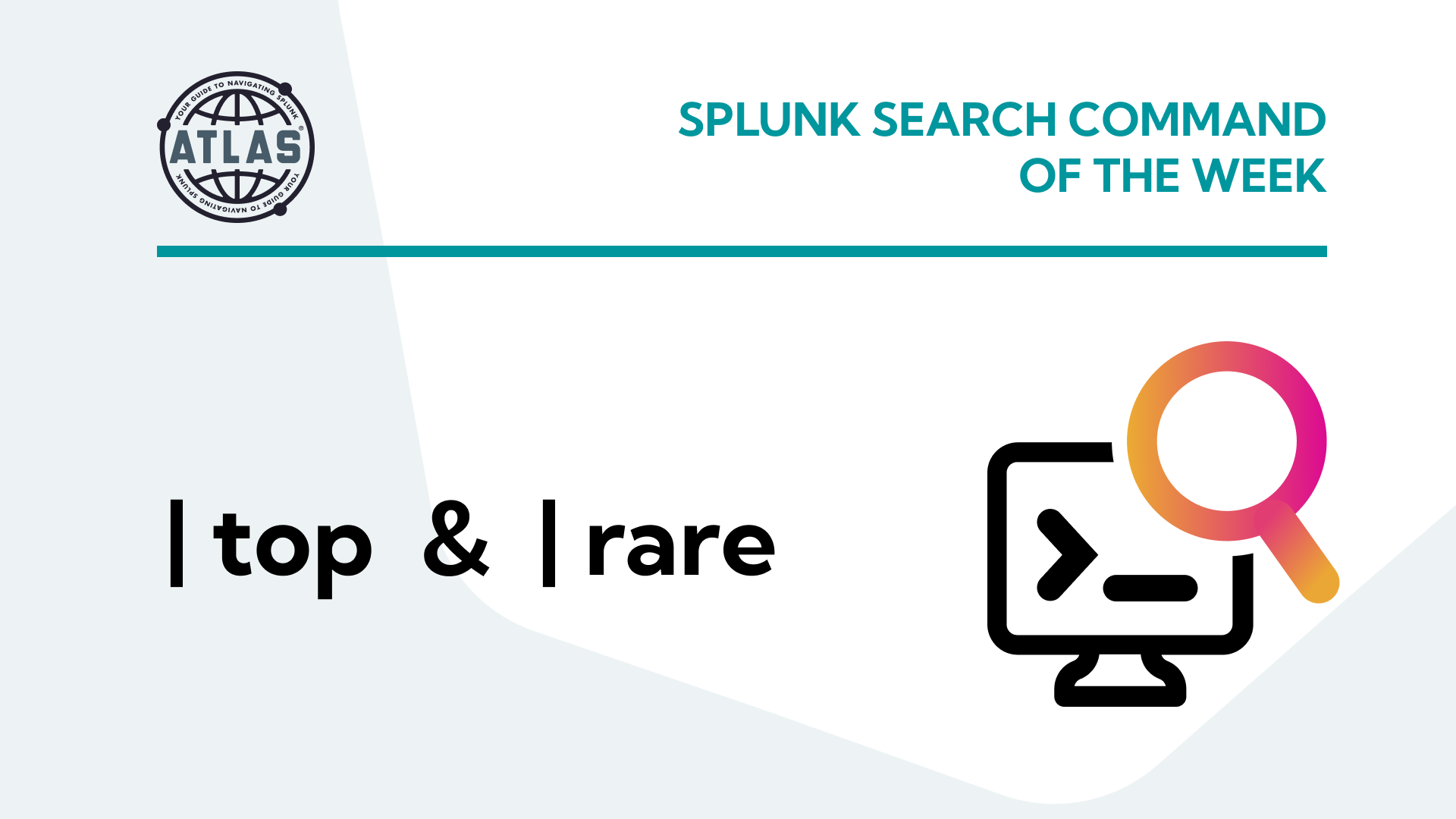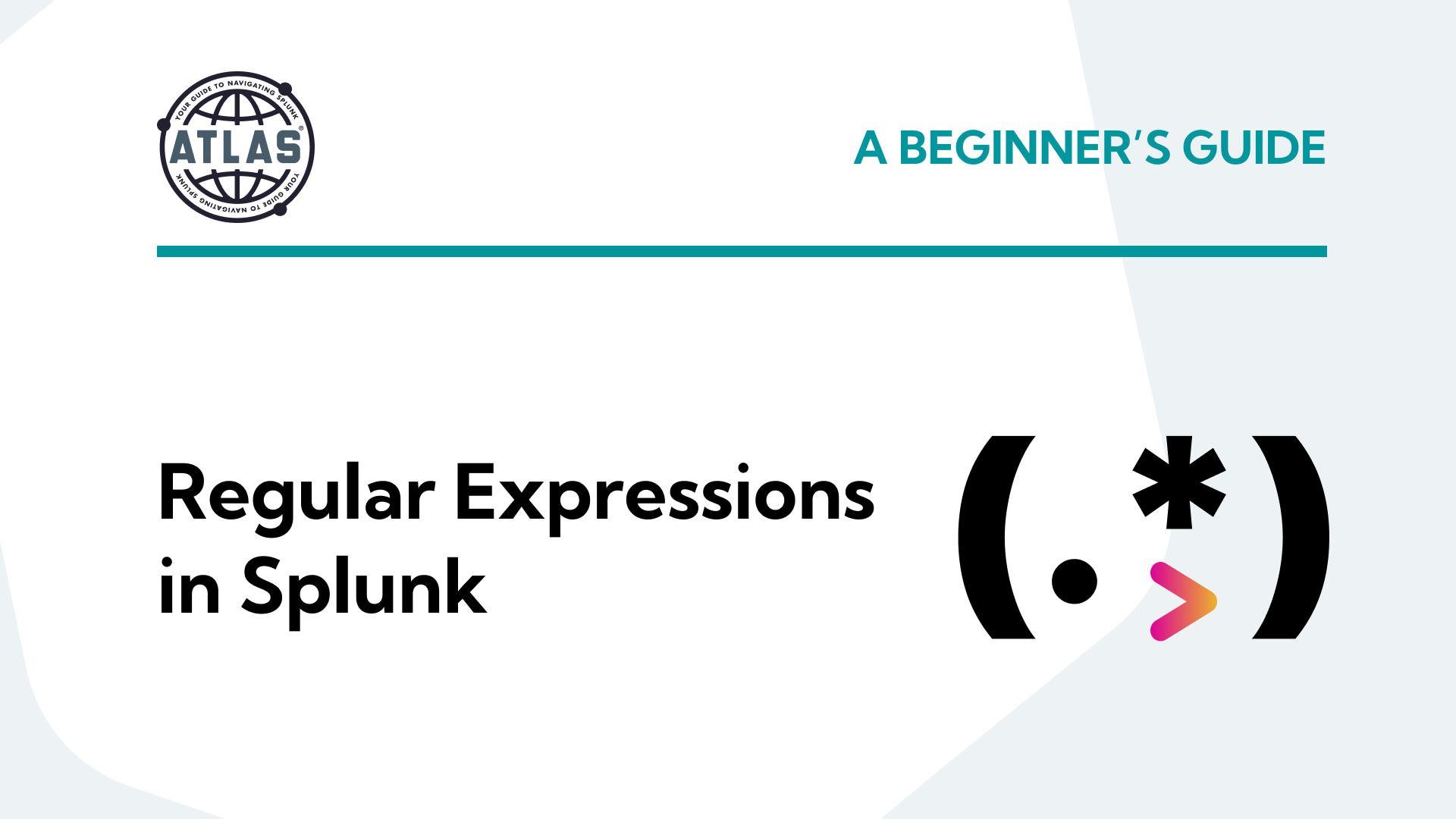Are you struggling to effectively manage and gain insights from the ever-increasing volume of machine data? Do you want to unlock valuable insights and drive operational efficiency in your organization? Look no further than Splunk Enterprise and Splunk Cloud. In this article, we’ll explore everything you need to know about Splunk Enterprise vs. Splunk Cloud, including their benefits, types, and practical use cases. Discover the power of harnessing machine-generated data for actionable intelligence.
What is Splunk Enterprise vs Splunk Cloud
Splunk Enterprise and Splunk Cloud are powerful platforms that enable organizations to harness machine-generated data for real-time insights. These solutions serve as centralized repositories for collecting, indexing, and analyzing data from diverse sources, including IT infrastructure, applications, devices, and logs. Both Splunk Enterprise and Splunk Cloud empower businesses to gain visibility into their operations, detect anomalies, troubleshoot issues, ensure security, and drive data-driven decision-making. Splunk Enterprise is typically deployed on-premises or in a private cloud, while Splunk Cloud is a fully managed cloud-based offering provided by Splunk.
The Benefits of Splunk Enterprise vs Splunk Cloud
Both Splunk Enterprise and Splunk Cloud offer several advantages that cater to different business needs. Let’s explore some of the key benefits:
The primary benefit of both Splunk Enterprise and Splunk Cloud is their ability to collect, index, and analyze machine-generated data at scale, enabling organizations to gain valuable insights and make data-driven decisions. This empowers businesses to optimize operations, enhance security, and drive innovation.
One unique benefit of Splunk Enterprise is its deployment flexibility. Organizations have full control over their data and infrastructure, allowing on-premises or private cloud deployment. This offers greater flexibility, especially for organizations with specific compliance requirements or those preferring to manage their infrastructure.
On the other hand, Splunk Cloud offers the convenience of a fully managed cloud-based solution. It eliminates the need for infrastructure management and provides scalability, automatic updates, and simplified deployment. This enables organizations to focus more on data analysis and less on infrastructure maintenance.
Types of Splunk Enterprise vs Splunk Cloud
Now, let’s explore the types of Splunk Enterprise and Splunk Cloud.
Splunk Enterprise and Splunk Cloud offer various features and capabilities. Here are the types available:
Type #1: Data Collection and Indexing: Both Splunk Enterprise and Splunk Cloud provide robust data collection and indexing capabilities, allowing organizations to gather data from diverse sources and make it searchable and accessible for analysis.
Type #2: Real-time Monitoring and Alerting: With Splunk Enterprise and Splunk Cloud, users can monitor data in real-time, set up alerts for specific events or anomalies, and take proactive actions to ensure operational efficiency.
Type #3: Advanced Analytics and Visualization: Splunk Enterprise and Splunk Cloud offer powerful analytics and visualization tools that enable users to explore data, uncover insights, and present findings in a visually appealing manner.
Type #4: Security and Compliance: Both platforms provide features for security monitoring, threat detection, and compliance reporting, helping organizations protect their data and meet regulatory requirements.
Type #5: Application Development and Integration: Splunk Enterprise and Splunk Cloud offer APIs and SDKs for application development and integration, allowing organizations to build custom applications and automate processes.
How to Use Splunk Enterprise vs Splunk Cloud
Now that we’ve explored the benefits and types, let’s dive into how to use Splunk Enterprise and Splunk Cloud effectively.
Step 1: Data Collection and Configuration: Begin by configuring data inputs in Splunk Enterprise or Splunk Cloud, specifying the sources from which you want to collect data. This could include log files, network devices, applications, or cloud services.
Step 2: Indexing and Parsing: Once data inputs are configured, Splunk indexes and parses the data, making it searchable and ready for analysis. Configure field extractions and event categorization as needed to structure the data effectively.
Step 3: Search, Analysis, and Visualization: Utilize the powerful search capabilities of Splunk to explore and analyze your data in real-time. Use search commands, filters, and visualization tools to gain insights and present the findings in meaningful dashboards and reports.
TIP: Consider using data models and pivot features to simplify analysis and create more interactive visualizations. Accelerated data models offer significant improvements in search time to support quick updates for dashboards and alerting.
Use Case Examples
Now, let’s delve into some practical use case examples that demonstrate the power of Splunk Enterprise and Splunk Cloud.
Use Case #1: Operational Efficiency Optimization
Scenario: A large e-commerce company wants to optimize its order fulfillment process to reduce shipping delays and enhance customer satisfaction. They need to identify bottlenecks and potential areas for improvement within their complex supply chain.
Tools: Splunk Enterprise or Splunk Cloud, data from inventory systems, logistics providers, and customer feedback.
Step 1: Configure data inputs to collect order, inventory, and logistics data from various systems.
Step 2: Analyze the data in real-time using Splunk’s search and visualization capabilities to identify patterns, delays, and inefficiencies.
Step 3: Visualize the findings on dashboards, allowing the operations team to monitor key performance indicators and take proactive actions to optimize the order fulfillment process.
Note: Without Splunk, the company may struggle to correlate data from multiple sources, leading to inefficiencies and delayed problem detection.
Use Case #2: Security Threat Detection
Scenario: A financial institution wants to enhance its security posture and proactively detect potential cyber threats. They need a solution that can monitor network traffic, server logs, and security events to identify suspicious activities.
Tools: Splunk Enterprise or Splunk Cloud, data from firewalls, intrusion detection systems, and system logs.
Step 1: Configure data inputs to collect security-related data from various sources.
Step 2: Utilize Splunk’s real-time monitoring and alerting features to identify potential security incidents, such as unusual network traffic patterns or unauthorized access attempts.
Step 3: Investigate and respond to alerts promptly, leveraging Splunk’s analytics and visualization capabilities to gain insights into the nature and severity of threats.
Note: Splunk’s robust security features empower the institution to detect and mitigate security threats swiftly, minimizing the risk of data breaches and financial losses. Enterprise Security provides seamless and streamlined security incident detection and routing to security personnel for analysis and mitigation. SOAR provides automated play-book reactions to security threats, User Behavior Analytics (UBA) provides insights into insider and external threats, and Risk-Based Alerting (built into Enterprise Security) reduces alert fatigue by collecting related events into a risk-index from which ‘notable’ events are generated based on risk scores, greatly reducing the overall threat event workload.
Conclusion
Splunk Enterprise and Splunk Cloud provide powerful solutions for harnessing machine-generated data to drive operational efficiency, enhance security, and unlock valuable insights. Whether you prefer the flexibility of on-premises deployment with Splunk Enterprise or the convenience of a fully managed cloud-based solution with Splunk Cloud, both options offer a wide range of benefits and capabilities. By effectively utilizing these platforms, organizations can unleash the full potential of their data and gain a competitive edge in the data-driven era.
If you found this helpful…
You don’t have to master Splunk by yourself in order to get the most value out of it. Small, day-to-day optimizations of your environment can make all the difference in how you understand and use the data in your Splunk environment to manage all the work on your plate.
Cue Atlas Assessment: Instantly see where your Splunk environment is excelling and opportunities for improvement. From download to results, the whole process takes less than 30 minutes using the button below:




